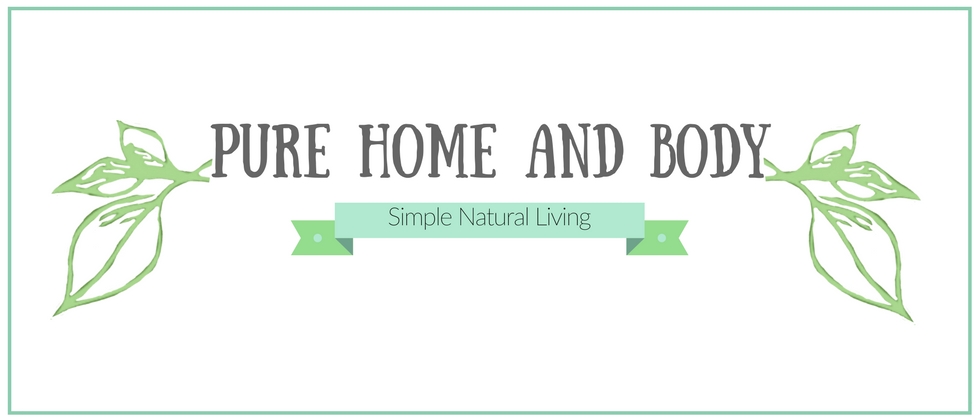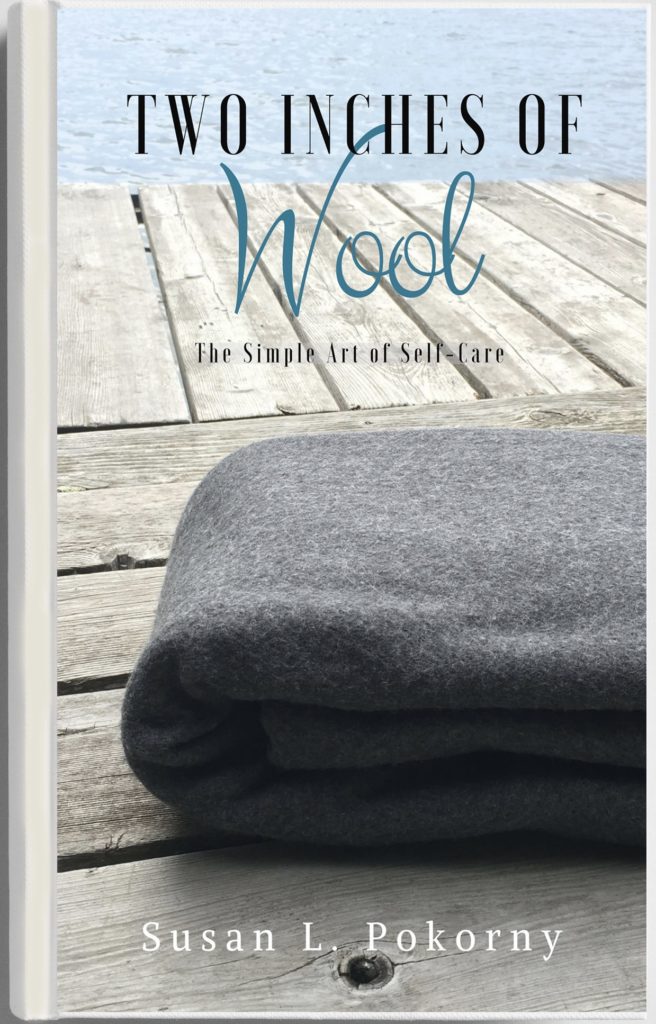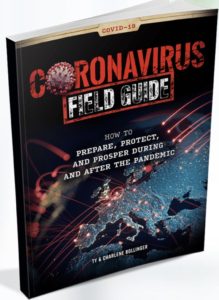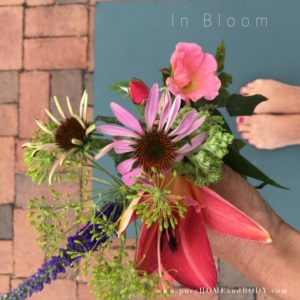This information has not been evaluated by the FDA and is not intended to diagnose, treat or cure any disease. If you have a medical condition, see a doctor.
Please Cover Your Mouth When You Cough Lately, just about everyone I talk with has a cough themselves or someone in their family has one. Bronchitis, pneumonia and even whooping cough are prevalent in our community. My eight year old came down with pneumonia a few weeks ago and thankfully, no else has gotten it. Frankincense has been my most used oil for not only soothing her respiratory tract, but also in supporting a healthy immune system.
Essential Oils Compliment Modern Medicine I was giving my daughter prescribed breathing treatments and also diffusing frankincense during these treatments so she could breath the vapors in as well. Every time I did this she commented that the frankincense helped her feel better than the albuterol treatment alone. The use of essential oils can be a excellent compliment to modern medical therapies. The modern medical community is even using therapeutic grade essential oils in clinical settings. Most recently, UCLA has begun using a name brand Essential Oil in their facility. Medical institutions are seeing the benefit of using consistent, pure products that are produced with high standards of quality control.
Protect Your Family When my two youngest kids started to cough in the midst of my daugher’s illness I diffused frankincense in their bedroom a few nights to support healthy immune function. I also made sure they limited their intake of sugars and dairy products, got plenty of fresh air and took their daily vitamins to support a healthy immune system. Thankfully, their little immune systems were strong and their coughs really didn’t turn into anything.
The history of Frankincense began thousands of years ago, historically it was first given as a gift to the Christ Child. It is one of the most valued essential oils and in Ancient Times it was worth more than gold. It’s modern day uses have been researched for common ailments like coughs, asthma, and arthritis. Most recently it’s been included in the Journal of Royal Society Medicine (1991). It has also been researched for it’s benefits in rejuvenating the skin.
Pure Frankincense is gentle enough for babies, but only if it is the highest therapeutic food grade tested for purity and potency. Frankincense (Boswellia Carterri) and Sacred Frankincense (Boswellia Sacra) are two therapeutic species of frankincense. Research is finding that the boswellic acid in frankincense is highly anti-inflammatory and blocks the biosynthesis of leukotriene acids. Boswellic acid can have a positive affect on the body whether it is inhaled for healthy lung function, or applied topically to rejuvenate the skin and support healthy muscles and joints. Not all frankincense, however, contains boswellic acid. Also keep in mind that if a product, such as a skin cream, contains “boswellic acid”, it may not be pure either. Companies are manufacturing synthetic single ingredients that are naturally found in essential oils: boswellic acid in frankincense, eugenol in clove oil, limonene in citrus oils. Buyers should beware when shopping for frankincense as there is a great tendency to add fillers and additives to extend the volume of frankincense essential oil. Boswellia frereana for example, is a species of frankincense that contains no boswellic acid and is only useful for perfumes or fragrance and has no therapeutic benefit. It lacks di-terpenes found in Carterri and Sacra species, making it easy to distinguish among resin qualities. One research study found a huge difference in frankincense brands and species so make sure to get frankincense essential oil from a reputable source.
Boswellia Carteri and Boswellia Sacra are two well-known species of frankincense: Sacred Frankincense. Boswellia Sacra has higher levels of incensole acetate, found to have anti-anxiety effects. The Sacra species also has higher levels of Alpha-pinene. One company exclusively distills Boswellia Sacra frankincense from Oman, a region known in the essential oil industry to produce this superior species of frankincense. Boswellia carteri contains higher levels of limonene, a component studied against cancer cells. Both species of frankincense support a healthy immune system and may even repair damaged DNA cells.
These statements have not been evaluated by the FDA. Pure Home and Body LLC is not a substitute for medical advising, and not prescribing treatment. This information is for educational purposes only and is not meant as a substitute for medical advise. If you need medical attention seek the counsel of your doctor.
Farid A. Badria, Eman A. Mohammad, Mohammed K. El-Badrawy, et al (2004). Natural Leukotriene Inhibitor from Boswellia: A Potential New Alternative for Treating Bronchial Asthma. Altern & Comp Therapies. 10 (5) 257-265.
Houssen M, Ragab A, Mesbah A, El-Samanoudy A, Othman G, Moustafa A, Badria F. (2010). Natural anti-inflammatory products and leukotriene inhibitors as complementary therapy for bronchial asthma. Clin Biochem 43 (10-11) 887-890.
Safayhi H, Rail B, Sailer E, Ammon H. (1997). Inhibition by Boswellic acids of Human Leukocyte Elastase. J Pharmacol Exp Ther. 281 (1). 460-463.
Ziment I, Tashkin D. (2000). Alternative medicine for allergy and asthma. J Allergy Clin Immunol. 106: 603-614.
A.Y. Fana, L. Laoa, R.X. Zhanga, A.N. Zhoua, L.B. Wanga, K.D. Moudgilb, D.Y.W. Leec, Z.Z. Mac, W.Y. Zhangc, B.M. Bermana. Effects of an acetone extract of Boswellia carterii Birdw. (Burseraceae) gum resin on adjuvant-induced arthritis in lewis rats. Journal of Ethnopharmacology. Volume 101, Issues 1–3, 3 October 2005, Pages 104–109.http://www.sciencedirect.com/science/article/pii/S037887410500303X.
Abstract: Ruxiang (Gummi olibanum), the dried gum resin of Boswellia carterii (BC), has been used in traditional Chinese medicine to alleviate pain and inflammation for thousands of years. In this random, blinded study, the anti-arthritic effects of a BC extract were observed and compared to vehicle control in a Lewis rat adjuvant arthritis model (n = 8/group). Arthritis was induced by injecting CFA subcutaneously into the base of the tail, and the extract was administered orally (i.g.) for 10 consecutive days beginning on day 16 after the injection. Arthritic scores, paw edema, and the local tissue pro-inflammatory cytokines tumor necrosis factor alpha (TNF-?) and interleukin-1 beta (IL-1?) were assessed. Toxicity and adverse effects of the extract were evaluated. At 0.90 g/kg per day, BC significantly decreased arthritic scores between days 20 and 25 (p < 0.05) and reduced paw edema on days 18, 20 and 22 compared to control (p < 0.05). It also significantly suppressed local tissue TNF-? and IL-1? (p < 0.05). No major adverse effects were observed in animals during the repeated-dose treatment profile although mild fur discoloration was noted. The data show that BC extract has significant anti-arthritic and anti-inflammation effects and suggest that these effects may be mediated via the suppression of pro-inflammatory cytokines.
Norihiro Bannoa, Toshihiro Akihisab, Ken Yasukawac, Harukuni Tokudad, Keiichi Tabatac, Yuji Nakamurab, Reiko Nishimurac, Yumiko Kimurac, Takashi Suzukic.
Anti-inflammatory activities of the triterpene acids from the resin of Boswellia carteri. Journal of Ethnopharmacology. Volume 107, Issue 2, 19 September 2006, Pages 249–253.http://www.sciencedirect.com/science/article/pii/S0378874106001310.
Abstract: Boswellic acids are the main well-known active components of the resin of Boswellia carteri (Burseraceae) and these are still dealing with the ethnomedicinal use for the treatment of rheumatoid arthritis and other inflammatory diseases. Although several studies have already been reported on the pharmacological properties, especially on the anti-inflammatory activity, of Boswellia carteri resin and boswellic acids, the ethnomedicinal importance of Boswellia carteri and its components, boswellic acids, prompted us to undertake detailed investigation on the constituents of the resin and their anti-inflammatory activity. Fifteen triterpene acids, viz., seven of the ?-boswellic acids (ursane-type) (1–7), two of the ?-boswellic acids (oleanane-type) (8, 9), two of the lupeolic acids (lupane-type) (10, 11), and four of the tirucallane-type (12–14, 16), along with two cembrane-type diterpenes (17, 18), were isolated and identified from the methanol extract of the resin of Boswellia carteri. Upon evaluation of 17 compounds, 1–14 and 16–18, and compound 15, semi-synthesized from 14 by acetylation, for their inhibitory activity against 12-O-tetradecanoylphorbol-13-acetate (TPA)-induced inflammation (1 ?g/ear) in mice, all of the compounds, except for 18, exhibited marked anti-inflammatory activity with a 50% inhibitory dose (ID50) of 0.05–0.49 mg/ear.
S.F. Van Vuurena, G.P.P. Kamatoub, A.M. Viljoenb, Volatile composition and antimicrobial activity of twenty commercial frankincense essential oil samples. South African Journal of Botany Volume 76, Issue 4, October 2010, Pages 686–691. http://www.sciencedirect.com/science/article/pii/S0254629910001705. Abstract: Study finds extreme variance in essential oil chemistry of numerous constituents including (a-thujene .3-52%) (myrcene 1.1-22.4%) (?-caryophyllene (0.1–10.5%). Minimum anti-microbial activity varied from 4-16 mg/ml depending on the oil sample.













Most helpful article I’ve read in awhile…love the abstracts at the end..i was wondering, in your article you stated that there was one company that exclusively distills sacred francincense from Oman….which one does this?
I would like to know how much frankincense did you put in the nebulizer cup for the breathing treatment?
Thanks for stopping by Allana. I use just 1 drop of Frankincense (Boswelia Carterri) at a time and make sure it is the purest, highest grade of Frankincense, even food grade if you are going to use it for anyone. Check with your doctor first to make sure this is acceptable if you are using a medical device since Pure Home and Body is not a place for diagnosing, treating or curing any disease. Placing a drop of frankincense in a bowl of warm water is a gentle way to breathe in the vapors to support a healthy respiratory tract.